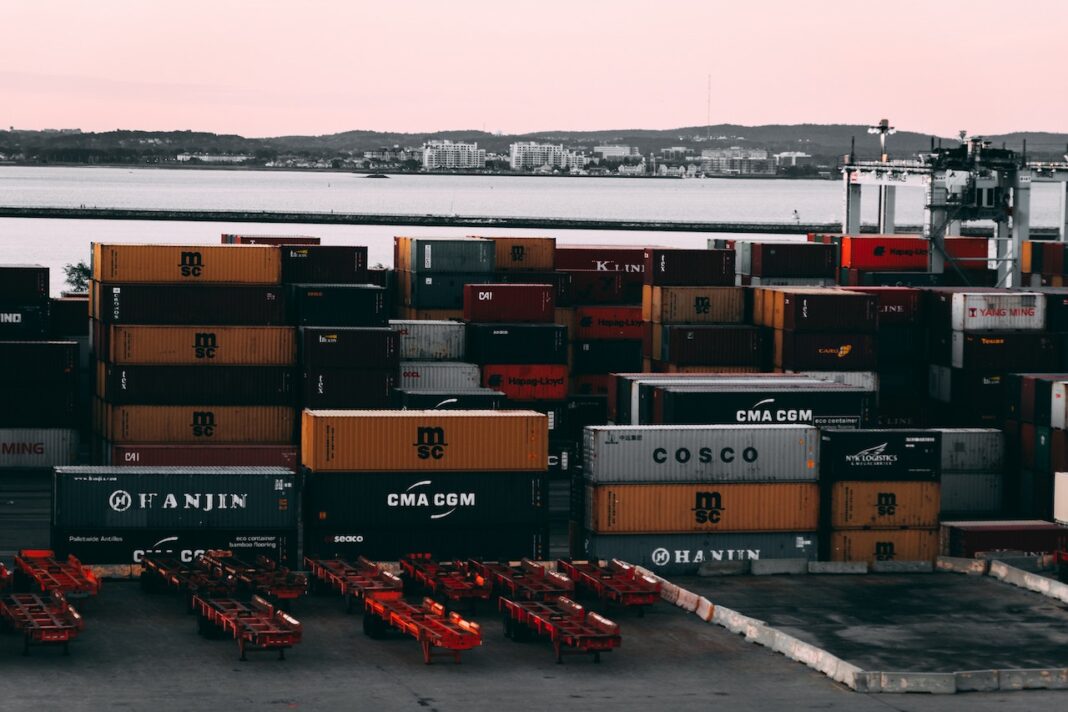Shipping has been an integral part of moving products and supplies around the world since long before the concept of global trade became a reality. In recent years, however, much of the industry has struggled to keep up with advances in technology, environmental concerns, and ever-changing market forces. As a result, many businesses like Anahuac Transport are now facing unprecedented challenges – and opportunities – as they navigate what could be a new era for the shipping industry.
Technology Leads Changes in Supply Chain Logistics
Technology is one of the primary drivers of change in most industries at present, and this is certainly true for shipping. With next-generation tools to manage fleets more efficiently; GPS tracking systems that make it easier to monitor goods while they’re en route; autonomous ships that require fewer personnel; increasingly accurate weather data; advanced analytics to optimize routes – there’s no question that technology is revolutionizing the way goods are transported around the globe. At first glance, these innovations may seem like a potential boon for companies operating within the shipping industry – but without proper implementation, they can become serious challenges instead. For example, autonomous ships may reduce personnel costs but require additional investment in specialized software and hardware. And logistics managers will need to weigh their options carefully when considering whether to switch from human crews to robotic ones: such a transition must be managed delicately in order to assure customer satisfaction.
Weather Conditions Constantly Impacting Shipments
Weathering external conditions is always a concern for those involved in shipping operations – literally! While modern weather forecasting capabilities can help operators plan ahead more effectively than ever before (allowing them to anticipate storms and avoid transportation delays), unexpected events remain possible, regardless of how diligent people are in their preparations. In addition to storms at sea – which can cause considerable damage, depending on their severity – climatic conditions on land have also been known to disrupt trade routes; flooding or snowfall along major transshipment corridors can cause severe delays for cargo traveling by rail or road routes connecting ports. This can lead not only to transportation hiccups but also to drive up operational costs as companies must search for alternate paths around blocked roads or railways.
Global Trade Regulations Creating Compliance Complexities
The complex network of regulations governing international trade is another major challenge companies engaging in intercontinental commerce face today – particularly smaller firms that may lack established contacts within various governmental agencies responsible for licensing shipments into various countries.
Additionally, many countries have imposed different rules under which excesses on import/export volumes can incur steep fines or penalties: something which operators need to take extra care not to violate if they want their business operations (and wallets)to remain healthy over time. On top of this problem comes also other regulatory bodies with their own specific requirements that come into play when dealing with foreign markets: customs agents and port authorities both wield considerable clout when determining whether goods will be allowed entry into a given country or region after reaching its shores– making compliance even more important than ever before.
Conclusion
For shippers, the future looks bright as long as they take action now to adjust to current and emerging trends, such as technological advancements that provide increased efficiency, unforeseen weather conditions disrupting transit timelines, demanding regulatory requirements posing new complexities or etc. Staying up-to-date with developments within these particular areas is paramount for any business striving to stay competitive in an ever-changing trade sphere.











